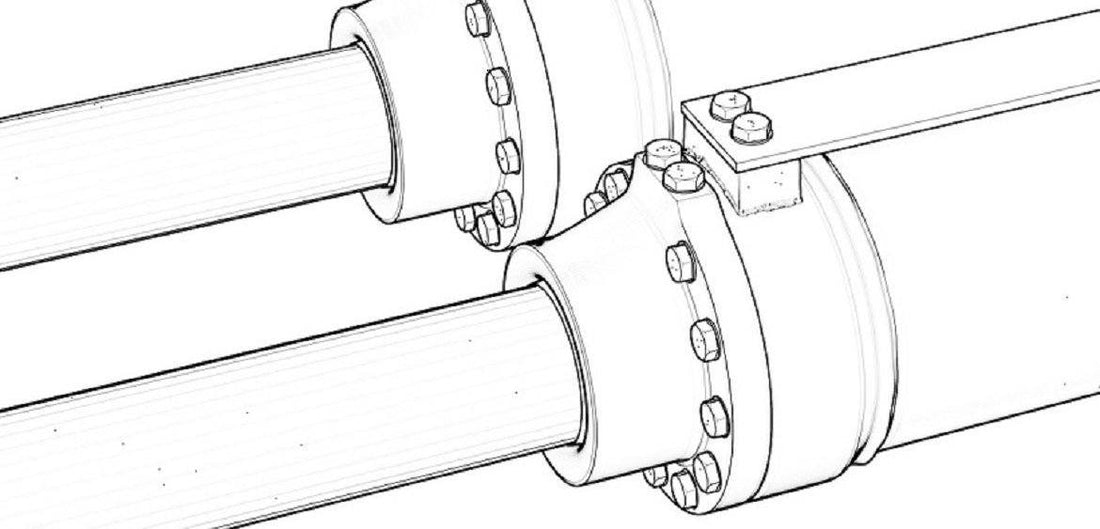Development of Pistons
Electric linear actuators are a modern form of a piston that is driven by an electric motor. One of the earliest uses of pistons was in steam engines. The first recorded history of a steam engine dates back to a design created in 1st century Roman Egypt. However, the first steam cylinder was designed by Denis Papin, a French physicist, and inventor, in the mid-1670s.
First Design of a Steam Powered Cylinder

An actuator is a component of a machine that is responsible for moving and controlling a system.
The cylinder powered by steam was used for the steam engines.
The steam engine fueled the Industrial Revolution in the early 1700s and this set the stage for a new future of the industry.
Air Cylinders and Pneumatics
In the 1800s, the air compressor was developed and that led to the use of compressed air in cylinders. This paved the way for the use of pneumatic actuators which were developed in the 1900s. The first history of pneumatic actuation systems dates to around the time of World War II. Creator Xhiter Anckeleman came up with the use of pneumatic and hydraulic actuation systems. These were used for braking systems in cars so that that they would exert a maximum force with the least possible wear and tear.The use of pneumatic actuators can be seen as being commonly used to replace valves for pipes. With the introduction of digital to pneumatic control devices in the 1960s, flow, and pressure control in piping systems was easily performed. This resulted in the implementation of automatic control systems for industries that require massive piping systems, such as the oil and gas sectors.
Electric Actuators
While pneumatic actuators were the first linear actuators produced, they are still widely used. The use of pneumatic actuators requires air compressors. Electric actuators work in a similar mechanical fashion as pneumatic, they do not require the addition of large air compressors and can be powered via electricity.
Electric actuators, which use electric motors, now have widespread usage in the type of actuators that are used in applicable industries.




